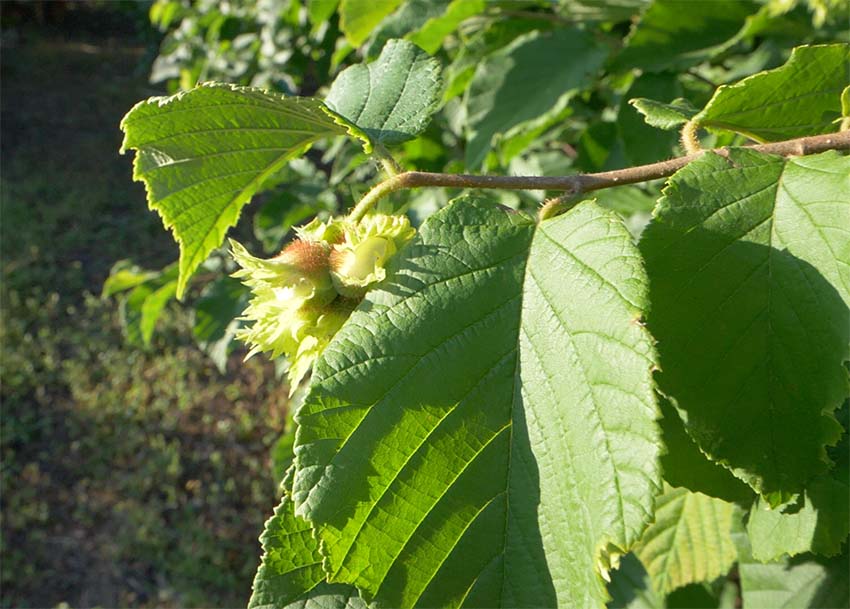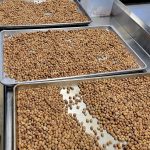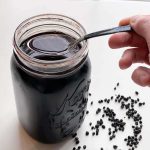As their name suggests, annual crops are plants that are sown and harvested in one, annual growing season. Perennial crops are permanent plantings that live year-round and produce annual harvests indefinitely. The regenerative poultry farm enterprise model integrates both annual and perennial crop production to optimize its regenerative outcomes.
Perennial crop production is a core function of the regenerative poultry ecosystem. In the upper Midwest, the perennial crops that thrive in conjunction with poultry are hazelnuts and elderberries. From an ecological standpoint, these woody shrubs play a critical role in cycling the farm’s energy while restoring the soil and providing shelter to chickens and wild birds alike. Economically, hazelnuts and elderberries provide farmers with additional streams of revenue. Though they take some years to develop, once established, hazelnut and elderberry shrubs can produce exponential yields with minimal upkeep. Both crops are easy to propagate, too.


Hazelnuts are native to most of the US, Europe and Canada. The American Hazelnut provides the chickens with shade and protection from predators while its root system helps the soil biome process their manure
Shelled hazelnuts can be enjoyed roasted or in a variety of spreads and other confections. American hazelnut is 81% oleic acid, making it one of the one of the healthiest eating oils as well as a highly promising feedstock for biodiesel production.


Elderberries are native to most of the US, Europe, and Canada. Elderberries are tall, vigorous shrubs that take only three years to mature and produce economically viable yields. Much higher than other berries in Vitamins A, C, and antioxidants, elderberry has been used to treat common colds, flu, and other ailments for millenia.
Currently, the majority of the world’s elderberries come from Europe, but elderberry production in the US is experiencing a resurgence thanks to the shrub’s role in sustainable agriculture, as well as consumer demand for fresh, minimally processed food.

A regenerative agriculture industry alliance for thriving businesses, people and planet.